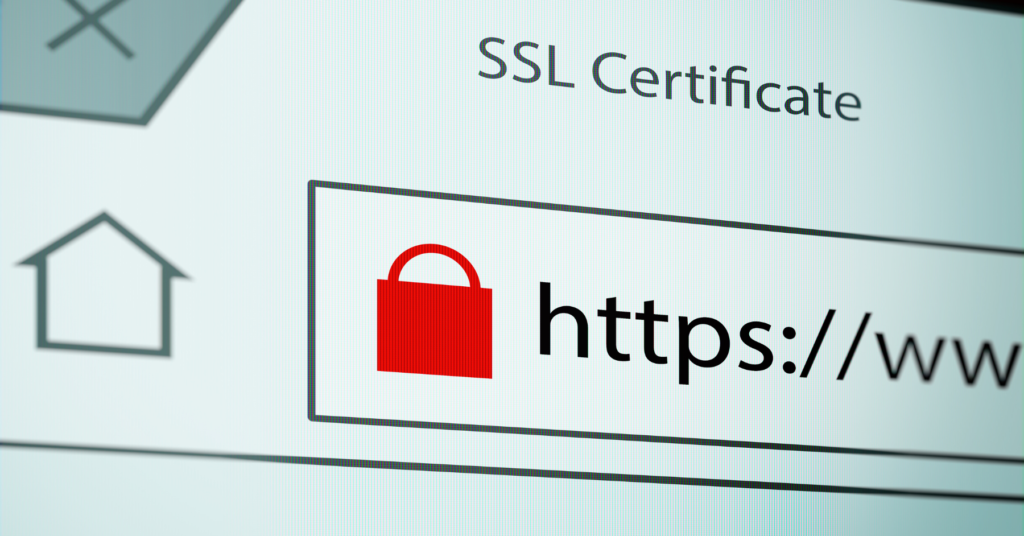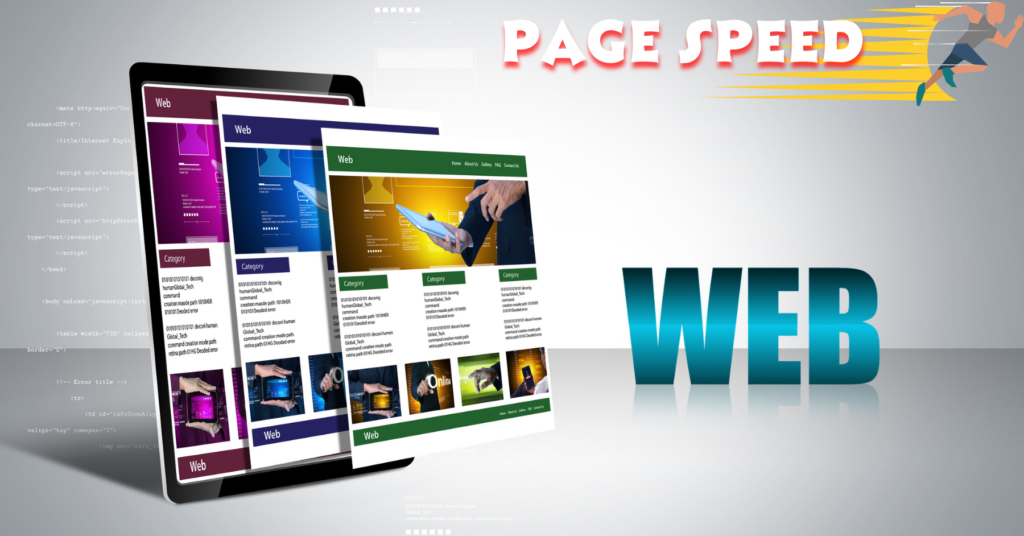
Technical SEO is somewhat intangible—you can’t see or touch it, but its importance is so significant that your website’s vitality depends on it. As I mentioned earlier, SEO is a technique or knowledge that ensures search engine robots favor your website. And this core work, in my opinion, is primarily about Technical SEO. Let’s discuss how it works.
The scope of Technical SEO depends on several factors, but here I’ll try to explain a few main aspects simply. For starters, just keep in mind that Technical SEO serves as the foundation for all on-page and off-page efforts. It’s something invisible but controls everything.
Table of Contents
Toggle1. Domain Name Selection
To build any website, the main component is choosing a domain name that is easy to say, spell, or remember. This domain name acts as the foundation of your website. Why did I emphasize so much about a domain name? Isn’t it a simple thing? Let me explain.
Take the domain name: ordinary or extraordinary. Think about the name “Nike.” Forget the brand for a moment. Suppose you’re starting a shoe business and need a domain name. Would you choose “Nike” or a name like “Footwear” or “ShoeHub”? Most likely, you’d prioritize the latter. Why? Because most people are unfamiliar with the word “Nike,” they immediately associate the second option with shoes. The same logic applies to search engine bots. They prefer domain names that are straightforward and relevant to the content, just as users do. After all, the goal is to keep search engines happy and ensure they favor your website.

2. SSL Certificate
You may have noticed that some domain names have “https://” with a small lock symbol before them. For now, just understand that this lock symbol indicates an SSL-protected site. SSL stands for Secure Sockets Layer. This ensures that your website provides a commitment to secure visitors’ data from hackers. Recognizing its importance, search engines made it a ranking factor back in 2014.

3. Optimize Page Speed
This refers to the time it takes for your page to load after a user clicks on your domain. If your website takes too long to load, it can negatively affect your ranking factors. Therefore, optimizing page loading speed is an essential aspect of Technical SEO. Various tasks are performed at this stage to reduce loading time.

4. Crawlability Checklist
Create an XML Sitemap
If we explain it simply, an XML sitemap is like the table of contents at the beginning of a book. It provides a summary of all the chapters, allowing you to locate a specific topic and navigate to the desired page quickly. Similarly, XML (eXtensible Markup Language) helps Google’s crawlers efficiently and quickly gather details about your website.
If you can understand the following points, no one can challenge your knowledge of XML sitemaps! 😄
Why Is an XML Sitemap Important?
- Improves Crawl Efficiency:
- Enables search engines to discover new or updated content promptly.
- Ensures even deeper or less-linked pages are indexed effectively.
- Boosts SEO:
- Ensures all important pages are indexed, enhancing visibility in search results.
- Acts as a backup when your internal linking structure is incomplete.
- Handles Large Websites:
- Essential for websites with thousands of pages, like e-commerce or news platforms with frequent updates.
- Supports Multiple Languages:
- Can include hreflang tags to assist search engines in identifying multilingual versions of your site.
Maximize Your Crawl Budget
Everything has a maximum and minimum budget, and the same applies to Google bots when crawling your website. You can make efficient use of this crawl budget with a well-constructed XML sitemap, allowing Google bots to crawl your site effectively. When you facilitate smooth crawling, search engines reward you with better rankings. 😄
What Is Crawl Budget?
Crawl budget refers to the number of pages a search engine’s crawler visits and processes on your site within a given timeframe. It is determined by:
- Crawl Rate Limit: The maximum number of requests a crawler can handle without overloading your server.
- Crawl Demand: The necessity for crawlers to crawl your content, influenced by:
- The popularity of your pages.
- How frequently your content is updated.
Why Is Crawl Budget Important?
- For large websites, search engines might not crawl every page during each visit, so prioritizing key pages is critical.
- Efficient crawling ensures that essential pages are indexed and ranked quickly, significantly improving your site’s SEO performance.
Once you understand the concept, improving your site’s crawl budget becomes much easier.
Optimize Your Site Architecture
Think about real life—how easy is it to navigate an unfamiliar, massive factory without directions? If the factory has proper navigation and consistent design for each department, it makes finding your way much easier, right? Similarly, a well-organized site architecture simplifies navigation for Google bots, making crawling more efficient and benefiting your site rankings. 😄
What Is Site Architecture?
Site architecture is the way your website’s pages are structured and linked. It includes:
- Hierarchy of Pages: Example: Homepage → Category Pages → Subcategory Pages → Content Pages.
- Internal Linking Structure: Links between related pages that distribute authority.
- Navigation Menus, Breadcrumbs, and URLs: Help users and search engines navigate your site.
Why Is Optimizing Site Architecture Important?
- Improves Crawlability: A clear structure allows search engines to crawl and index your site efficiently.
- Enhances User Experience: Easy navigation reduces bounce rates and keeps users engaged.
- Distributes Link Equity: Internal links pass authority to important pages, improving rankings.
- Facilitates Siloing: Grouping content into related categories increases topical relevance.
How to Optimize Your Site Architecture
- Create a Logical Hierarchy:
- Use a pyramid structure:
- Homepage: At the top of the hierarchy.
- Category Pages: Directly linked from the homepage to group related content.
- Subcategory/Content Pages: Linked under the relevant category pages.
- Example: Homepage → Products → Shoes → Running Shoes
- Use a pyramid structure:





2 Comments
Best Web Hosting Service for E-commerce: A Detailed User Experience with Hostinger and Namecheap - Social Media Caring
[…] issue to consider before launching your site, it’s essential for your e-commerce site’s technical SEO […]
Largest Contentful Paint (LCP): A 01st Class Journey Across the Digital Ocean - Social Media Caring
[…] SEO: The Compass of Search Rankings […]